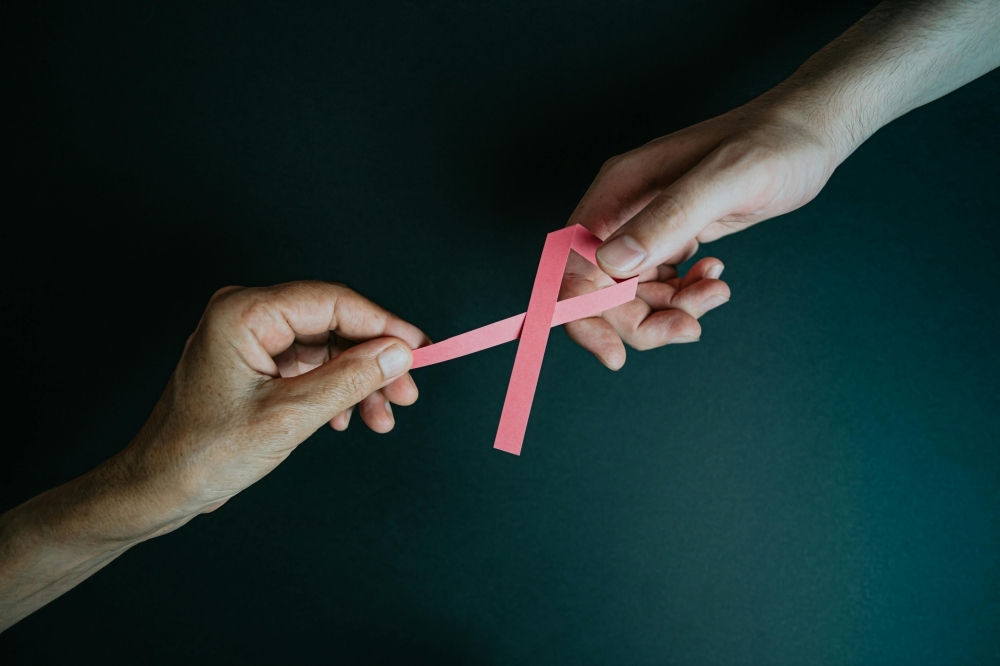Breast cancer and older women: Is radiation necessary?
Downscaling of treatment has been a buzzword in breast cancer treatment for the last couple of years. It means that medical, surgical and radiation oncologists have learnt that in the quest for long-term survival, many patients were over-treated.A recent paper in Clinical Interventions in Ageing investigated various therapies for breast cancer in women over the age of 65 and concluded that “In an era of population ageing, clinical decisions should be optimised based on several factors rather than patients’ age alone. These factors are related to patients’ comorbidities, performance status, life expectancy and tumour pathological and molecular characteristics”.
In other words, treatments such as chemotherapy and radiation with their significant side effects should be administered only after careful deliberation of the potential benefit they can have for the patient.
Selection criteria for radiotherapy after surgery in the elderly have been refined and subgroups identified, in whom radiotherapy may safely be avoided. These are women with small tumours that are strongly oestrogen receptor-positive and where nodes are not infiltrated. These patients present a sizable group of 65+ year-old breast cancer patients.
But the news is also good for patients not fulfilling these criteria.
Current radiation regimens that are less onerous than the standard 25 – 32 daily radiation sessions are on the scene; and proven effective.
These are:
1. Accelerated whole-breast radiation where radiation of the whole breast is compressed into 15 daily sessions.
2. Accelerated partial breast irradiation regimens where only the quadrant of the breast where the tumour had been removed is radiated in 5 to 10 sessions [2].
3. Intraoperative radiation where the tumour bed is irradiated with a single dosage during surgery.[3]
These newer regimens are as effective as the lengthy traditional regimes while making radiation for those who need it much more accessible.
Treatment selection
In older patients, treatment selection is much more complex than in the young. A naturally declining life expectancy meets with pre-existing diseases such as hypertension, heart problems and diabetes; which often limit therapeutic options.
On the other hand, the treatment team must not undertreat as uncontrolled cancer with its accompanying open, smelly wounds increases social isolation and is problematic in nursing home care. Therefore, a seasoned treatment team that is familiar with the latest scientific advances is needed to assess the patient’s tumour and its aggressiveness, the patient’s general constitution and their socio-economic environment to avoid the opposing traps of under- and over-treatment.
As a surgeon who has worked in the field for three decades and been responsible for the treatment of more than 10 000 women with breast cancer, I truly believe that research is a guide and each patient needs to be seen as an individual case. We cannot treat everyone the same way.
The risk of breast cancer increases with age and treating older patients can often be tricky. A patient who has a long life expectancy due to genetics and overall good health should be given all the treatments that they can afford and that their bodies can handle – including radiation.
If there is a long life expectancy, then the cancer should be treated aggressively (as we would do with much younger patients who have breast cancer). For a patient who is at greater risk for other ailments like heart disease or a stroke, and who doesn’t have a very long life expectancy, the indication for radiotherapy should be examined critically, as it may be unnecessary and could do more harm than good.
Balance
The side effects of the treatments can be detrimental to even the young and fit, making them that much harder to manage when the body is older. It’s an ongoing balance that patients must manage closely with their doctors. Factors to be considered over and above side effects and the expected survival benefit are the ability to self-manage regular medications, support systems at home and often whether they are fighting more than one major health issue at the same time. While “de-escalation of treatment” is an overhyped buzzword that may create overly optimistic expectations, we have found that in comparison to 20 years ago, we can safely de-escalate treatment in about 80 – 90% of patients.
Unfortunately, there are 10 – 20% of patients, in whom treatment has to be intensified. I therefore prefer the term “individualisation” of treatment.
Older women are at greater risk of developing breast cancer but with early detection and carefully managed treatment of breast cancer, therapy in the elderly can be particularly rewarding as good results are often easily obtainable with less aggressive therapy than in younger patients.
* Dr Justus Apffelstaedt, a specialist surgeon with an interest in breast, thyroid and parathyroid health as well as soft tissue surgical oncology.
** Opinion pieces and letters by the public do not necessarily reflect the opinion of the editorial team. The editors reserve the right to abridge original texts. All newspapers of Namibia Media Holdings adhere to the Code of Ethics for Namibian Media, a code established jointly with the Media Ombudsman.



